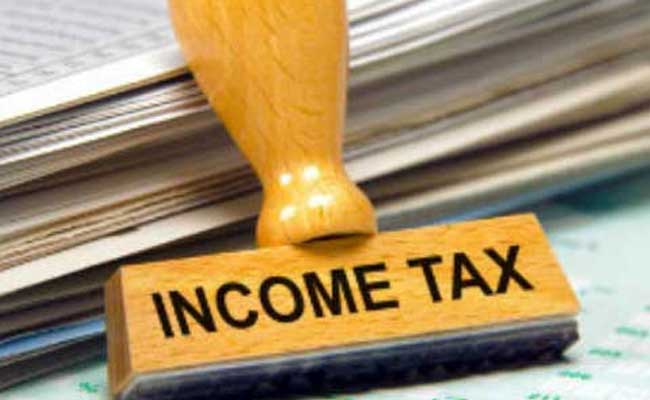HIGHLIGHTS
MUMBAI: The threshold limits for filing of appeals by the income tax department with tax tribunals, high courts and the Supreme Court were raised by the Central Board of Direct Taxes on Thursday, especially to cut down litigation backlog and usher in a tax-friendly regime.
In a significant upward revision, the circular said the I-T department cannot file an appeal before the Income Tax Appellate Tribunal (ITAT) unless the “tax effect” is Rs 50 lakh. It was Rs 20 lakh earlier. The limits for appeals before the high courts and the Supreme Court are now Rs 1 crore and Rs 2 crore, respectively. The previous circular was issued on July 11 last year.

The new circular is silent on whether the upward revision will apply to cases currently pending. Tax experts believe it will have a retrospective effect.
Ameet Patel, chairperson of the taxation committee at Bombay Chartered Accountants’ Society, said: “The intent of the circular is clear: it aims to cut down on litigation. Thus it must be beneficially viewed. Further, CBDT in last year’s circular had explicitly said pending appeals below the specified tax limits may be withdrawn or not pressed. With the steep upward revisions in threshold, we may at one go see the backlogs in judicial dispute falling significantly as pending cases will be withdrawn.”
The CBDT has also clarified that if disputes arise in multiple years over a taxpayer, the I-T authorities shall calculate the “tax effect” year-wise and appeals can be filed only for that year, where the tax limit exceeds the prescribed threshold.
On composite orders passed by the ITAT or courts covering more than one year, it has been clarified that the I-T authorities, if they wish to appeal, can do so only for those years where the tax limit is above the prescribed threshold. Patel explained: “If disallowance of a particular expenditure made year after year during assessments has resulted in increasing the taxpayer’s income, the I-T department will now file an appeal only for that year where the monetary threshold is crossed. Earlier, for composite orders they had to file an appeal for all years, even if the monetary threshold was less than the prescribed limit in respect of a few years.” If composite orders cover more than one taxpayer, each taxpayer is to be dealt with separately.
The CBDT, by periodically revising the threshold limits, helps cut down litigation. “While CBDT has been consistent that merit must be the guiding factor while filing appeals with higher judicial bodies — tax tribunals and courts, unfortunately the I-T department has emerged as the largest litigant. The Economic Survey 2017-18 said 85% of the total appeals in direct tax were filed by the I-T department. This significant increase in threshold limits will reduce the backlog and ease litigation going forward,” said Gautam Nayak, tax partner at CNK & Associates.
The regular process of appeals in a tax dispute involves three judicial layers — the first appeal at ITAT, then the high courts, but only if the issue involves a substantial question of law. Lastly, HC orders can be challenged in the Supreme Court. Appeals can be filed either by the taxpayer or the I-T department.


